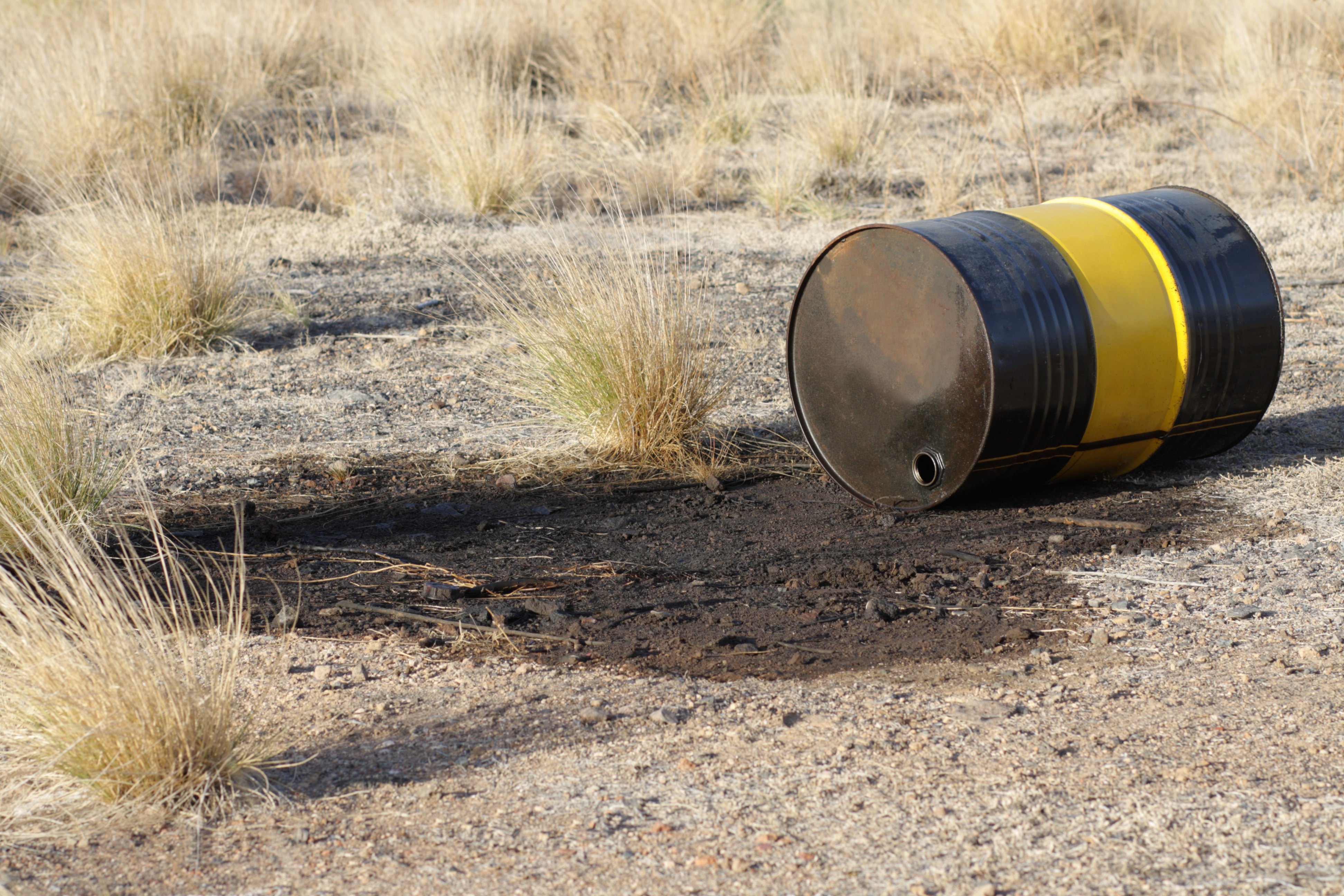Protecting prospective property owners against the costs associated with environmental remediation
By Alex Favreau

Protecting prospective property owners against the costs associated with environmental remediation
By Alex Favreau
Canada is revered around the world for its biodiversity, vast and varied landscapes, and stunning scenery. Although these are certainly valid observations, what is less often spoken about is the abundance of environmental contamination that can be found throughout the country. This contamination is, of course, largely due to Canada’s heavy reliance on fossil fuels and natural resource development. As of June 2019, Manitoba had just shy of 400 sites designated as “impacted” or “contaminated.”
In Manitoba, The Contaminated Sites Remediation Act adopts the “polluter-pays” principle, meaning the polluter of a parcel of land, and not necessarily its current owner, will be responsible for its remediation. However, where the province has reason to believe a site may be contaminated, the legislation allows the province to issue what is called “an investigation order.” These orders can compel a current landowner to investigate and determine whether or not their land is in fact contaminated, and to what extent. The investigation will typically involve a Phase I, and potentially a Phase II, site assessment, which can become quite costly.
There is no statutory mechanism in Manitoba for a landowner to recoup the costs incurred from a previous polluter of their land to comply with an investigation order. The policy of the province appears to be that current landowners are responsible for the investigation of their own land, while polluters will be responsible for any necessary remediation that follows. As such, in Manitoba, the polluter does not truly pay for all the costs in respect of remediating their contamination. The cost of identifying the contamination that must be remediated can fall on a non-polluting current landowner.
Prospective landowners can address this issue when acquiring properties through the use of indemnification clauses. That said, it is not necessarily only the owners of potentially contaminated land that may be subject to investigation orders.
These situations can become more complex when migrating contaminants are involved. The province has the ability to issue investigation orders not only against current landowners in respect of their potentially contaminated land, but also in respect of land that is suspected to have been contaminated by their land.
Consider a situation where a piece of land, Parcel A, has been historically contaminated. At some point in the past, contaminants migrated from Parcel A to a neighbouring piece of land, Parcel B, and contaminated it as well. Parcel A was voluntarily inspected for contaminants and then sold. The inspection showed the contamination was not above guideline amounts on Parcel A. The purchaser of Parcel A chose not to negotiate an indemnification clause for any future investigation costs because of the results of the inspection. Parcel B has remained contaminated and the province later seeks to order an investigation of Parcel B.
In this scenario, rather than issue the investigation order against the owner of Parcel B, the province may issue the order against the owner of Parcel A because Parcel A is the suspected source of the contamination. The new owner of Parcel A could potentially be ordered to fund a Phase I, and perhaps a Phase II, site assessment of Parcel B despite having no interest in the land, and despite having never contributed to the contamination.
Again, this potential pitfall can be addressed through the use of properly drafted indemnification clauses when acquiring property.
Readers should be cautioned against purchasing property without seeking an indemnification clause from the seller for any potential future investigation costs ordered by the province under The Contaminated Sites Remediation Act. Even if the property that is to be purchased has previously been inspected and found to be in compliance with guidelines, the purchaser may still be at risk if any contaminants migrated to neighbouring properties and the province comes to believe there is contamination.
Alex Favreau is an associate at Fillmore Riley LLP who practises environmental and municipal law. He may be reached at 204-957-8333 or afavreau@FillmoreRiley.com.
This article originally appeared in Fillmore Riley’s eNewsletter “The Brief” and is re-printed here with permission.
Photo courtesy of gradts/123rf